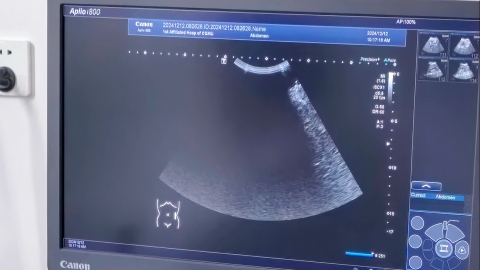How long after cholecystitis should a follow-up examination be done?
In general, the follow-up schedule for cholecystitis is not fixed and mainly depends on the type of condition, treatment method, and recovery progress. Typically, follow-up occurs between 1 to 6 months, but specific timing should follow medical advice.

For patients with acute cholecystitis whose symptoms have improved after conservative drug therapy, a follow-up visit is usually recommended 1–3 months later. An ultrasound examination will assess gallbladder wall thickness and contractile function to determine whether inflammation has completely resolved and to rule out residual gallstones or risk of gallbladder atrophy. For those who underwent cholecystectomy, a follow-up one month after surgery is sufficient, focusing on wound healing and liver function tests.
Chronic cholecystitis tends to recur and requires long-term management, with relatively regular follow-up intervals—typically every 3 to 6 months. In addition to ultrasound, follow-up evaluations may include complete blood count and liver function tests to monitor for worsening gallbladder wall thickening, enlargement of gallstones, or abnormal liver function. If gallbladder polyps are present and exceed 1 cm in diameter, the follow-up interval should be shortened to every 2–3 months to watch for potential malignant transformation.
Follow-up timing should be adjusted based on individual circumstances. For example, if symptoms such as worsening abdominal pain or jaundice occur, patients should seek medical attention immediately without waiting for the scheduled appointment. Daily management should include a low-fat diet and regular作息 (lifestyle routine) to support gallbladder recovery.




